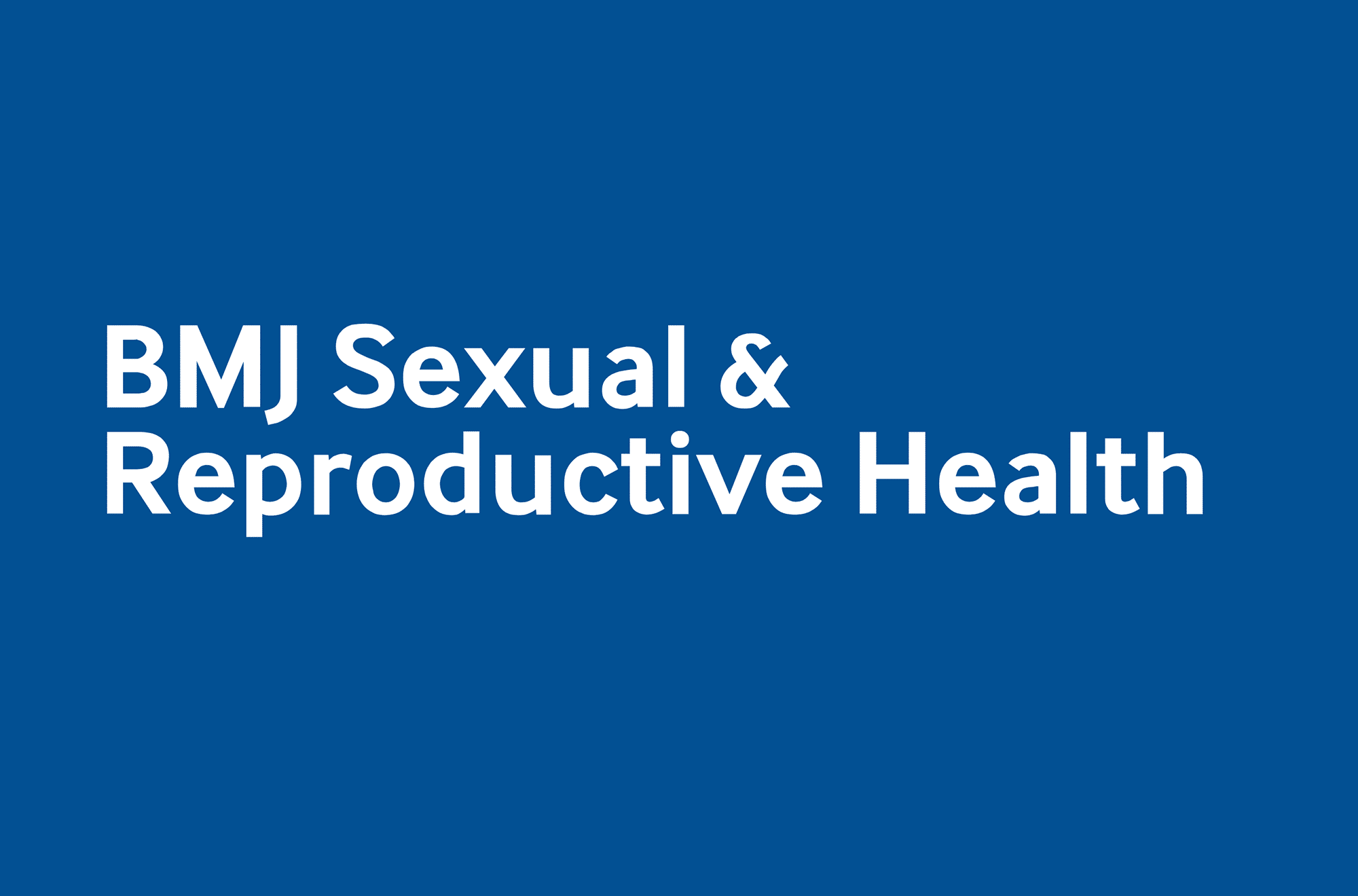
Very early medical abortion: treatment with mifepristone and misoprostol before ultrasonographic visualisation of an intrauterine pregnancy
by Natalie Qian Ru Tai, John Joseph Reynolds-Wright, Sharon Cameron
BMJ SRH 2023;49(2)
Abstract
Introduction – Abortion providers may be reluctant to commence abortion before ultrasound evidence of intrauterine pregnancy (IUP) due to concerns of missed ectopic pregnancy. In 2017, very early medical abortion (VEMA) was introduced at an abortion service in Edinburgh, UK. Following ultrasound, patients without confirmed IUP, and without symptoms or risk factors for ectopic pregnancy, could commence treatment immediately after baseline serum-human chorionic gonadotrophin (hCG) measurement, and return for follow-up serum-hCG a week later to determine treatment success (≥80% decline from baseline). This study aimed to compare clinical outcomes between two pathways: (1) VEMA; and (2) standard-of-care delayed treatment where treatment is only commenced on IUP confirmation by serial serum-hCG monitoring and/or repeat ultrasound.
Methods – A retrospective database review was conducted of VEMA eligible patients from July 2017 to December 2021. Study groups were determined by patient preference. Records were searched for abortion outcomes, duration of care, number of appointments (clinic visits, ultrasounds, serum-hCG) and clinical data entries.
Results – Of 181 patients included, 77 (43%) chose VEMA and 104 (57%) chose delayed treatment. 11/181 (6.1%) were lost to follow-up. Cohort ectopic prevalence was 4.4% and was not statistically different between groups (2.6% vs 5.8%, VEMA vs. delayed group, respectively, p=0.305), as with complete abortion rates (93.3% vs 97.6%, p=0.256). All VEMA group ectopics were detected on the seventh day (from initial visit) while time-to-diagnosis for delayed group ectopics ranged from 7 days to 3 weeks. VEMA patients had significantly reduced duration of care (12 vs 21 days, p<0.001), number of visits (2 vs 3, p<0.001), ultrasounds (1 vs 2, p<0.001) and data entries (6 vs 9, p<0.001).
Conclusions – VEMA is safe, effective and reduces the duration of care, number of appointments and clinical administrative time. It should be offered to medically eligible patients.
+++
Why women choose self-managed telemedicine abortion in the Netherlands during the Covid-19 pandemic: a national mixed methods study
by Nanke Cui, Kristina Gemzell-Danielsson, Rebecca Gomperts
BMJ SRH 2023;49(2)
Abstract
Background – The Covid-19 pandemic has imposed strict lockdown restrictions that have introduced barriers to in-person abortion clinic visits in the Netherlands. Women on Web (WoW) is a global medical abortion telemedicine service operating outside the formal health sector.
Aim – To understand the motivations and perceived barriers women faced when choosing telemedicine abortion outside the formal health sector, and how this was affected by the pandemic.
Methods – 178 women who completed an online consultation on the Dutch WoW website during the period 6 March 2020 to 5 March 2021 were included in this cross-sectional cohort study and exploratory qualitative study. Patient characteristics and motivations were analysed and associated with the severity of Covid-19 restrictions. Email exchanges in which women could further describe their requests were also examined for recurrent clarification of motivations.
Results – Women experienced barriers to regular abortion care due to Covid-19 restrictions and had the preference to (1) self-manage their abortion, (2) stay in the comfort of their own home, and (3) keep their abortion private. In particular, women who did not live in the cities where abortion clinics were located experienced barriers to abortion services. As Covid-19 restrictions tightened, it was more frequently mentioned that women sought help from WoW because Covid-19 restrictions and abortion care were not accessible to them in the Netherlands. In the qualitative analysis of email exchanges, the reasons of Covid-19, privacy concerns, and domestic violence were particularly evident.
Conclusions – In the Netherlands, barriers to receiving adequate abortion care were exacerbated for women in vulnerable positions such as being geographically farther away from an abortion clinic, being in a deprived socioeconomic position, or being in an unsafe home situation. Similar to other medical care, abortion care should be deliverable online.



